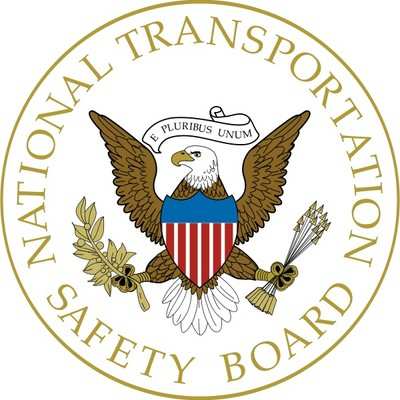(Witness) Did Not Hear Anything Unusual Until He Heard Two Loud Thumps
Location: Napoleon, MI Accident Number: CEN24FA298
Date & Time: August 3, 2024, 20:58 Local Registration: N140DG
Aircraft: DeGraw DeBird Injuries: 1 Fatal
Flight Conducted Under: Part 91: General aviation - Personal

On August 3, 2024, about 2058 central daylight time, a De Bird gyroplane, N140DG, was substantially damaged during an accident near Napoleon, Michigan. The pilot was fatally injured. The gyroplane was operated as a Title 14 Code of Federal Regulations Part 91 personal flight.
The husband of the pilot reported that his wife was conducting an evening pleasure flight in the gyroplane. He said that the weather conditions at the time of the accident were good and that his wife was very experienced in the accident gyroplane. He estimated that she had about 800 flight hours in the accident gyroplane. He was about ¼ mile away from their private airstrip and he could hear the gyroplane as it advanced down the runway, took off, and began its climb. He said that he did not hear anything unusual until he heard two loud thumps. He noted that during a normal takeoff the gyroplane would be about 150 ft above ground level (agl) when it reached the departure end of the runway. After hearing the thump noises, he boarded and took off in another gyroplane that he owned to search for the accident gyroplane but could not locate it. When asked if he heard any unusual engine sounds, he said that he could not be sure as the gyroplane was farther away after starting the takeoff.
The airstrip consisted of a single turf runway oriented about 160/340 degrees with trees lining the majority of the length on both sides. The accident takeoff was made on runway 34. The accident gyroplane was found in wooded terrain about 200 ft left of the centerline, and about 250 ft short of the departure end of runway. The gyroplane was upright but leaning to its left side and was supported by trees. There was crushing of the forward and left side of the fuselage. The left main landing gear was fractured. The horizontal and fixed tail surfaces were found a short distance away from the fuselage on opposite sides of surrounding trees. The location of the tail surfaces at the accident site was consistent with separation before the gyroplane descended into the trees. The tail surfaces had two separate areas of damage with features consistent with having been impacted by the main rotor. Examination of the main rotor blades revealed yellow paint transfer that was also consistent with the main rotor
impacting the tail of the gyroplane. The tail boom of the gyroplane was partially separated from the fuselage and only remained attached by the two rudder cables. The fracture of the tail boom was consistent with the aft end of the boom bending toward the right prior to failure.
This was consistent with a potential rotor strike to the tail considering the counterclockwise rotation direction of the main rotor blades as viewed from above. The accident gyroplane flight control system consisted of a cyclic control and a collective control which adjusted the main rotor blade pitch dependent on the blade location while rotating. The directional control was accomplished by a single moveable vertical surface below the horizontal stabilizer and between the two fixed vertical stabilizers.
Examination of the gyroplanes control system confirmed continuity of the cyclic, collective, and directional control systems. All identified breaks were consistent with impact damage. Examination of the gyroplanes engine was limited but continuity of the reciprocating and valve train system was verified by rotating the engine. During rotation, compression could be felt on all cylinders. No preimpact anomalies were found during the examination.
The rotor drive system was intact except for a separation of the drive coupling in the top of the fuselage. All three main rotor blades were intact from root to tip but with bending at various locations along their length due to impact. All of the main rotor system components were intact with all damage consistent with impact damage.
 Aero-News: Quote of the Day (12.09.25)
Aero-News: Quote of the Day (12.09.25) ANN's Daily Aero-Term (12.09.25): High Speed Taxiway
ANN's Daily Aero-Term (12.09.25): High Speed Taxiway ANN's Daily Aero-Linx (12.09.25)
ANN's Daily Aero-Linx (12.09.25) NTSB Final Report: Diamond Aircraft Ind Inc DA20C1 (A1); Robinson Helicopter R44
NTSB Final Report: Diamond Aircraft Ind Inc DA20C1 (A1); Robinson Helicopter R44 ANN FAQ: Q&A 101
ANN FAQ: Q&A 101



